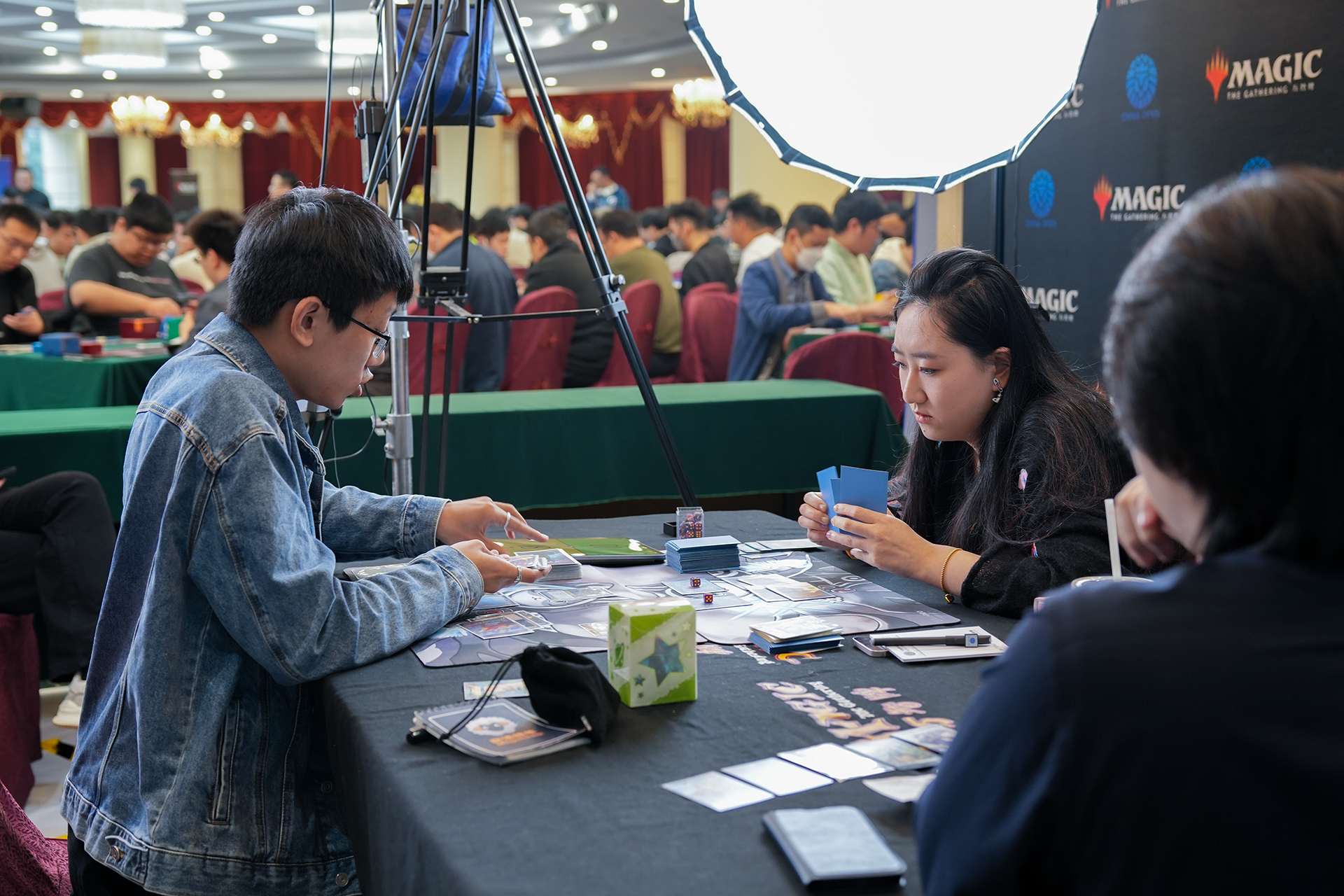Yin (音, “music”) is a weekly RADII column that looks at Chinese songs spanning hip hop to folk to modern experimental, and everything in between. Drop us a line if you have a suggestion.
If you’re a regular reader of this column (or RADII in general) you may have done a spit-take at this recent Foreign Policy article with the ridiculous headline, “Why Does China Have 1.4 Billion People and No Good Bands?” Not gonna touch that title, but one of the piece’s more puzzling claims is that Chinese are unaware of their own “authentic” and local folk music, because of authoritarianism or something. That’s not the case, even if Chinese musicians working with folk traditions aren’t doing The Hu or “Gangnam Style” numbers in Europe and the US, which seems to be FP‘s yardstick of success.
Two new releases handily demonstrate this and will hopefully give you some relaxed weekend listening. First up we have The Sound of Walking, a compilation released in late December by music producer Wang Zibin and his Namu Label. Here’s the intro, which wraps some of the album’s diverse motifs into a cocoon skillfully spun by Beijing-based electronic music composer thruoutin:
The Sound of Walking project was launched by Wang in 2015 to combine his studio experience in Beijing with his interest in the folk music of his native Qinghai in Northwest China (“Namu” is his name in a locally-spoken dialect, a variation of Tibetan). With this endeavor his stated goal is “protecting and innovating traditional Chinese source music and national culture & art” — a goal ostensibly shared by other, bigger players on the national scene, like Tencent Music, which last year released a compilation of folk tunes from Li, Hui, Miao, Mongolian and Uygur minorities in a project rubber-stamped by various State-backed institutions and provincial government authorities.
But Wang runs his label independently, and the vision he puts forth on the newly released Sound of Walking compilation is dynamic, living, breathing, reflecting the producer’s desire to place these folk traditions in a living contemporary context rather than a historical box or geopolitical pedestal. (In this, Namu’s project is reminiscent of the Dong1 and Dong2 by Gooooose and 33EMYBW, respectively, which remix polyphonic Guizhou choral arrangements in each artist’s inimitable style; The Sound of Walking, by comparison, is a more straightforward and traditional field recording project.)
From the liner notes for the album, which grew out of a multi-year process of field recording both music and environmental ambience, and later assembling a touring performance series:
[The Sound of Walking has] gathered musical collections and arrangements in Gansu, Tibet, and Qinghai. These include a large number of endangered folk music and never before heard original pieces. The recorded material is made up of ethnic minority folk songs, regional natural sounds, non-heritage folk music, local operas, and other audio related to local culture and arts… This documentation of regional sounds provides a panoramic, immersive experience where the listener is invited to share these interactions.
Stream the whole album on QQ Music here; it can also be found piecemeal on YouTube via Taipei distributor Seed Music.
And as a bonus, here’s a just-released, jammy first statement from a new Beijing group called GAAL:
GAAL is the latest project of Hugejiletu from Inner Mongolia, whose DNA can be found in two of China’s most prominent Mongolian folk/rock bands: Hanggai, of which he was an original member before founding his own, comparatively more cerebral and formally experimental band Ajinai, which disbanded after a decade-long run earlier this month.
GAAL feels like a return to the drawing board for Hugejiletu, who still plays his trademark mix of guitar, morin khuur (aka horse-head fiddle or matouqin), flute and overtone singing, but slotted into a downtempo, slightly psychedelic rock style. He’s joined in the project by fellow Inner Mongolian Zhang Wenbo on drums, and Beijing music scene veterans Edoardo Gagliardi and Yonatan, previously of the discofied dance-psych band Not There. Some real players in this band; follow their Bandcamp for more.
You might also like:
 Yin: Lose Yourself in Hai Qing’s King Crimson-Inspired Inner Mongolian Art RockHai Qing and Li Xing channel ’60s and ’70s prog-rock on epic new album “Utopian Daydream”Article Nov 22, 2019
Yin: Lose Yourself in Hai Qing’s King Crimson-Inspired Inner Mongolian Art RockHai Qing and Li Xing channel ’60s and ’70s prog-rock on epic new album “Utopian Daydream”Article Nov 22, 2019
 Yin: Li Daiguo Returns to Piano on New Album “鸟叫”Article Dec 14, 2018
Yin: Li Daiguo Returns to Piano on New Album “鸟叫”Article Dec 14, 2018
 Yin: Reimagined Guizhou Choirs from 33EMYBWNew label Merrie Records launches with an EP for Shanghai producer 33EMYBWArticle May 03, 2019
Yin: Reimagined Guizhou Choirs from 33EMYBWNew label Merrie Records launches with an EP for Shanghai producer 33EMYBWArticle May 03, 2019
















